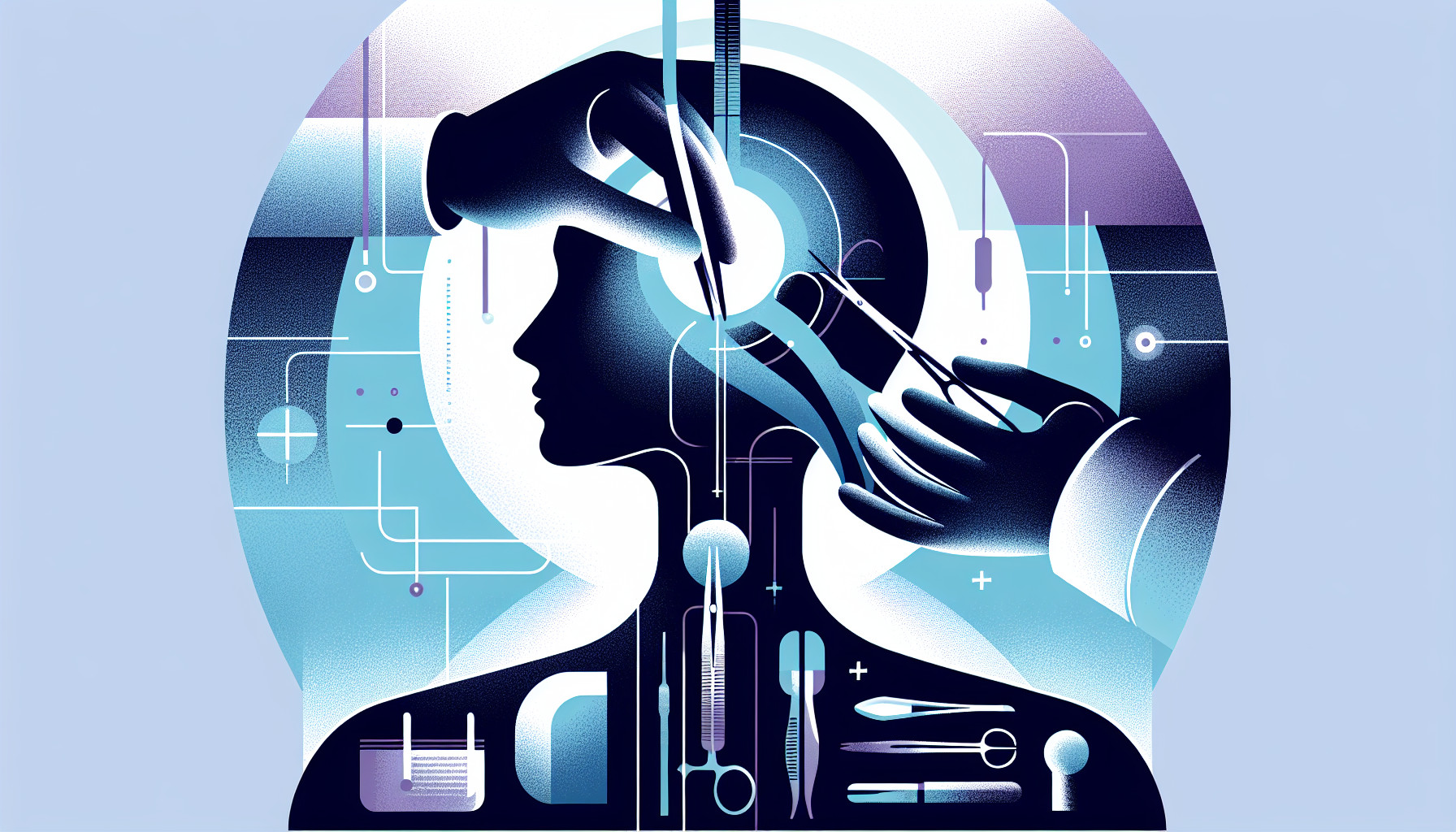Our Summary
This research paper talks about a medical condition called acute otitis media, which is essentially an infection or inflammation of the middle ear. This can be caused either by viruses or bacteria. The bacterial version of this condition can lead to further complications, potentially affecting the brain. The paper specifically discusses a serious brain complication known as subdural empyema, a condition that has a high death rate. The authors share the case of a 67-year-old man who had to undergo surgery for this brain complication, which stemmed from his bacterial ear infection.
FAQs
- What causes acute otitis media?
- What is the risk associated with suppurative inflammation in acute otitis media?
- What type of treatment was used for the 67-year-old man suffering from a subdural empyema?
Doctor’s Tip
One helpful tip a doctor might tell a patient about nasal polyp removal is to follow post-operative care instructions carefully to ensure proper healing and reduce the risk of complications. This may include avoiding strenuous activities, keeping the nasal passages clean and moist, and taking prescribed medications as directed. It’s also important to attend follow-up appointments with your doctor to monitor your recovery progress.
Suitable For
Patients who are typically recommended for nasal polyp removal are those who have persistent symptoms despite medical treatment, such as nasal congestion, difficulty breathing, reduced sense of smell, and frequent sinus infections. Patients with large nasal polyps that obstruct the nasal passages and cause significant symptoms may also be recommended for surgery. Additionally, patients with recurrent nasal polyps or nasal polyps that are causing other complications, such as sinusitis or asthma, may be candidates for nasal polyp removal.
Timeline
Before nasal polyp removal:
- Patient may experience symptoms such as nasal congestion, runny nose, postnasal drip, reduced sense of smell, facial pain or pressure, and snoring.
- Patient may undergo a physical examination and nasal endoscopy to confirm the presence of nasal polyps.
- Patient may undergo imaging tests such as CT scans to further evaluate the size and location of the nasal polyps.
- Patient may be prescribed medications such as nasal corticosteroids, antihistamines, or antibiotics to manage symptoms and reduce inflammation.
After nasal polyp removal:
- Patient undergoes nasal polyp removal surgery, which can be performed endoscopically or through a traditional open approach.
- Patient may experience mild discomfort, nasal congestion, or nasal drainage in the days following surgery.
- Patient may be prescribed pain medication, nasal sprays, or nasal saline rinses to help with postoperative symptoms.
- Patient may be advised to avoid vigorous activities, blowing their nose, or straining for a period of time after surgery.
- Patient may have follow-up appointments with their surgeon to monitor healing and assess the need for additional treatments or procedures.
- Patient may experience improved nasal breathing, reduced sinus infections, and improved sense of smell after recovery from nasal polyp removal.
What to Ask Your Doctor
- What is the reason for needing nasal polyp removal surgery?
- What are the potential risks and complications of the surgery?
- How long is the recovery period after nasal polyp removal surgery?
- Will I need any follow-up appointments or additional treatments after the surgery?
- How will nasal polyp removal surgery affect my sense of smell and taste?
- Are there any alternative treatments or medications that could help manage nasal polyps?
- What can I do to prevent nasal polyps from recurring in the future?
- How experienced are you in performing nasal polyp removal surgeries?
- Can you provide me with information on the success rate of nasal polyp removal surgeries?
- Are there any lifestyle changes or precautions I should take before or after the surgery to ensure optimal results?
Reference
Authors: Nowacka A, Śniegocki M, Smuczyński W, Woźniak-Dąbrowska K. Journal: J Surg Case Rep. 2021 Apr 27;2021(4):rjab109. doi: 10.1093/jscr/rjab109. eCollection 2021 Apr. PMID: 33948159
